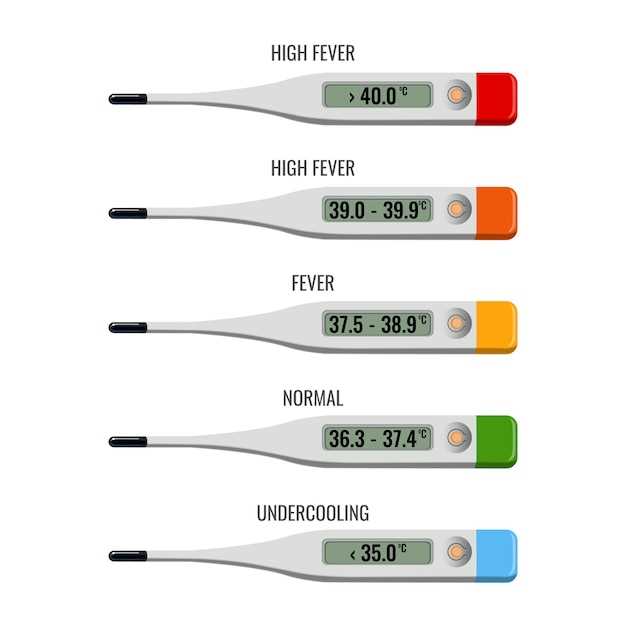
Are you struggling to control your blood sugar levels? Discover the powerful combination of Metformin and sliding scale insulin to effectively manage your diabetes. With Metformin’s ability to lower blood sugar levels and sliding scale insulin’s customizable dosing, you can take charge of your health and achieve better glucose control. Say goodbye to unpredictable fluctuations and hello to a healthier, more stable you.
Understanding Diabetes Treatment
Diabetes treatment can be a complex and challenging process that requires a deep understanding of the condition and its management. It involves a combination of lifestyle changes, medication, and monitoring to ensure that blood sugar levels are kept within a healthy range.
Managing Diet and Exercise
One crucial aspect of diabetes treatment is the management of diet and exercise. People with diabetes need to be mindful of their carbohydrate intake, as certain foods can cause blood sugar levels to spike. Regular exercise is also important, as it can help lower blood sugar levels and improve overall health.
Monitoring Blood Sugar Levels
Another key component of diabetes treatment is monitoring blood sugar levels regularly. This can be done using a blood glucose meter, which measures the amount of glucose in the blood. By keeping track of these levels, individuals with diabetes can make informed decisions about their treatment and lifestyle choices.
Challenges Faced
Metformin Usage
Metformin is a commonly prescribed medication for the treatment of type 2 diabetes. However, despite its widespread use, there are certain challenges that patients may face when taking metformin.
One of the main challenges faced by individuals taking metformin is gastrointestinal side effects. These may include symptoms such as diarrhea, nausea, and abdominal pain. While these side effects are usually mild and tend to improve over time, they can be bothersome for some patients.
Another challenge related to metformin usage is the risk of lactic acidosis, a rare but serious complication of the medication. Patients with conditions that predispose them to lactic acidosis, such as kidney or liver disease, may need to exercise caution when taking metformin.
Despite these challenges, metformin remains a widely prescribed and effective medication for the management of diabetes. It is important for patients to discuss any concerns or difficulties they may have with their healthcare provider to ensure they are receiving the best possible treatment for their condition.
Metformin Usage
Metformin is a commonly prescribed medication for the treatment of type 2 diabetes. It belongs to a class of drugs known as biguanides and works by decreasing the amount of sugar produced by the liver and increasing the sensitivity of muscle cells to insulin.
How to Take Metformin

Metformin is usually taken with meals to reduce the risk of side effects such as gastrointestinal upset. It is important to follow your healthcare provider’s instructions on how and when to take this medication.
Benefits of Metformin:
Metformin not only helps lower blood sugar levels but also has additional benefits such as weight loss and lower risk of heart disease in people with diabetes. It may also help improve insulin sensitivity and lower cholesterol levels.
Before starting metformin, it is essential to discuss any existing medical conditions and medications with your healthcare provider to ensure it is safe and effective for you.
Benefits of Metformin
Metformin, a commonly prescribed medication for diabetes management, offers a range of benefits to individuals with diabetes. Here are some key advantages of using Metformin:
- Improved Blood Sugar Control: Metformin helps lower blood glucose levels by reducing the amount of sugar produced by the liver and making cells more sensitive to insulin.
- Weight Loss: Metformin is known to contribute to modest weight loss in individuals with diabetes, which can help improve overall health and well-being.
- Reduced Risk of Heart Disease: Metformin has been associated with a decreased risk of heart disease and cardiovascular complications in people with diabetes.
- Lowered Risk of Hypoglycemia: Unlike some other diabetes medications, Metformin rarely causes low blood sugar levels (hypoglycemia) when used as a monotherapy.
- Affordability: Metformin is a relatively inexpensive medication compared to other diabetes treatments, making it more accessible to a wider population.
- Positive Effects on Insulin Sensitivity: Metformin can enhance insulin sensitivity in the body, leading to better utilization of glucose and improved metabolic function.
Overall, Metformin is a safe and effective medication with a range of benefits that can help individuals with diabetes better manage their condition and improve their quality of life.
Effectiveness in Diabetes Control
Sliding scale insulin is a crucial component in the management of diabetes. It provides a method for adjusting insulin doses based on blood glucose levels, allowing for more precise control of blood sugar levels. By utilizing a sliding scale insulin regimen, individuals with diabetes can better manage their condition and reduce the risk of complications associated with high or low blood sugar levels.
| Benefits of Sliding Scale Insulin: | 1. Allows for individualized insulin dosing based on blood glucose levels. |
| 2. Helps prevent hyperglycemia and hypoglycemia by adjusting insulin doses accordingly. | |
| 3. Improves overall diabetes control by targeting specific blood sugar levels. |
Overall, sliding scale insulin is an effective tool in the management of diabetes, providing individuals with a way to tailor their insulin therapy to their unique needs and maintain optimal blood sugar levels.
Sliding Scale Insulin

Sliding Scale Insulin is a method of dosing insulin based on the current blood glucose levels of the individual. It involves adjusting the insulin dose according to the blood sugar readings, with higher doses given for higher blood sugar levels.
This approach is commonly used in managing diabetes, especially in hospitalized patients or those with irregular meal schedules. Sliding Scale Insulin helps to keep blood sugar levels within a target range and prevent complications associated with high or low blood sugar.
How Sliding Scale Insulin Works
When a person’s blood sugar levels are high, they require more insulin to bring it down to the target range. The sliding scale determines the appropriate dose based on a sliding scale chart that correlates blood glucose levels with insulin doses.
Overview of Sliding Scale Insulin
Sliding Scale Insulin is a method of adjusting insulin doses based on the current blood sugar level of the individual. It involves giving a specific amount of insulin based on a sliding scale that correlates with the blood glucose reading. The goal of this method is to keep blood sugar levels within a target range and prevent hyperglycemia or hypoglycemia.
How it works
The sliding scale insulin regimen typically involves adjusting the dose of short-acting insulin based on the blood glucose level before meals or at bedtime. The scale outlines how much insulin to administer based on the blood sugar range. As blood sugar levels fluctuate throughout the day, the insulin dose is adjusted accordingly to maintain optimal control.
It is important for individuals using sliding scale insulin to monitor their blood sugar levels regularly to ensure that the appropriate dose of insulin is administered. This method is commonly used in hospital settings for patients with fluctuating blood sugar levels or those who are unable to follow a fixed insulin regimen.
Application in Diabetes Management
Sliding Scale Insulin is a crucial tool in diabetes management, especially for patients who require insulin therapy. This approach involves adjusting the insulin dose based on the individual’s current blood glucose levels. The goal is to maintain blood sugar within a target range to prevent extreme highs and lows.
How It Works
The sliding scale insulin regimen typically involves setting specific blood glucose ranges and corresponding insulin doses. When a patient’s blood sugar level falls in a certain range, they receive a predetermined dose of insulin. This method allows for personalized insulin dosing based on the individual’s needs and responses to insulin.
| Benefits | Challenges |
|---|---|
| 1. Allows for individualized insulin dosing. | 1. Requires regular blood glucose monitoring. |
| 2. Helps prevent hyperglycemia and hypoglycemia. | 2. May not provide optimal blood glucose control in all cases. |
| 3. Can be adjusted based on insulin sensitivity and other factors. | 3. Requires adherence to a strict insulin dosing schedule. |
In summary, the sliding scale insulin approach is a valuable tool in diabetes management, offering personalized insulin dosing and helping to maintain blood sugar levels within a target range. However, it also requires consistent monitoring, adherence to dosing schedules, and adjustments based on individual responses to insulin.
